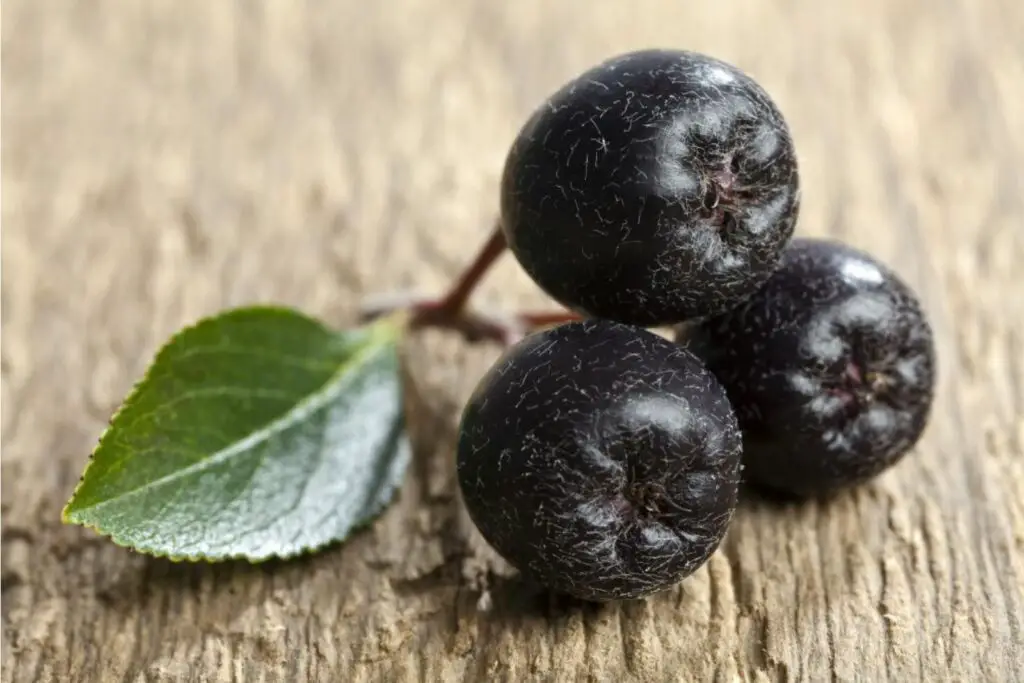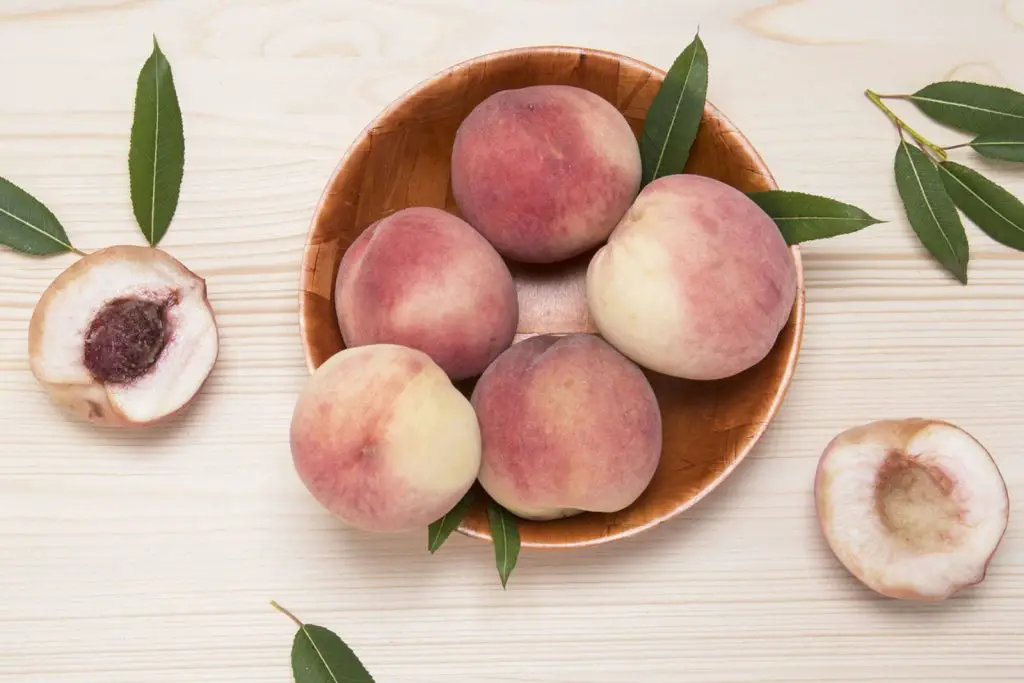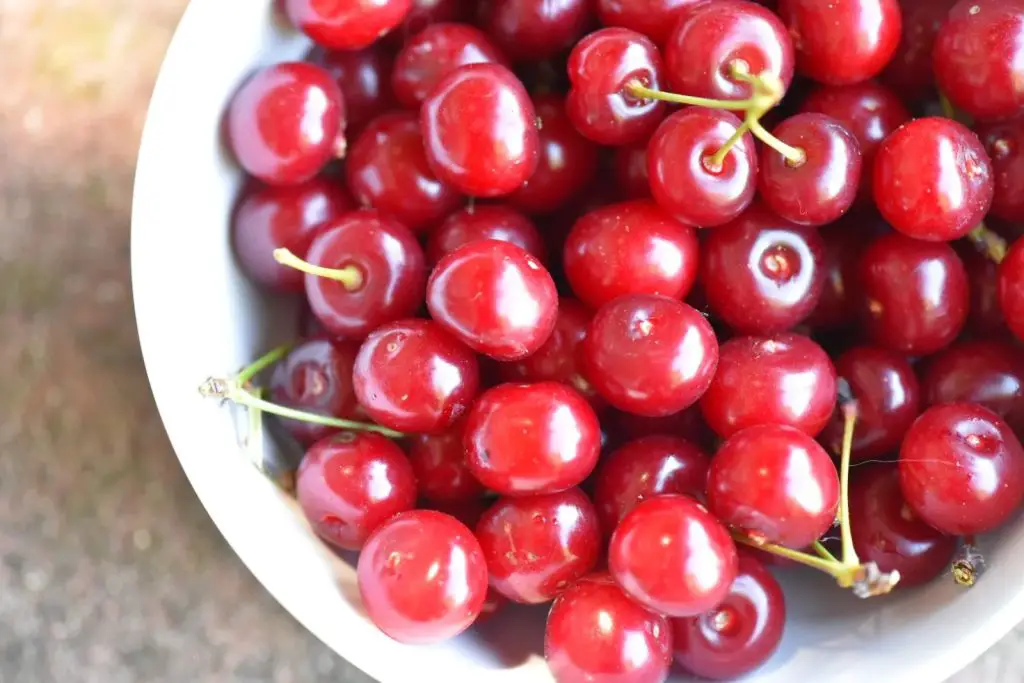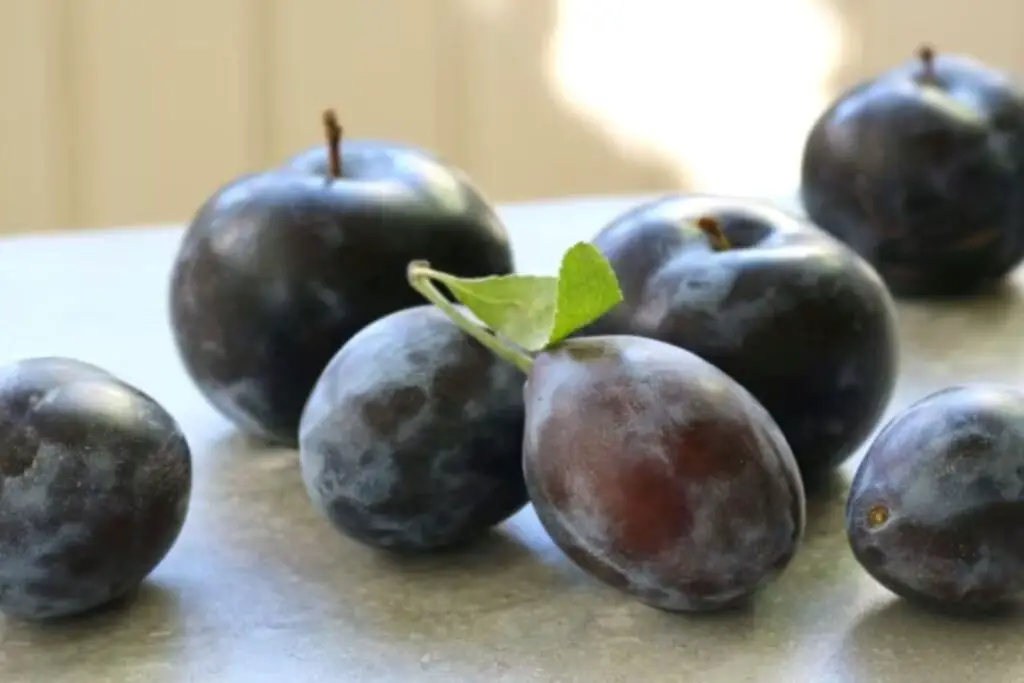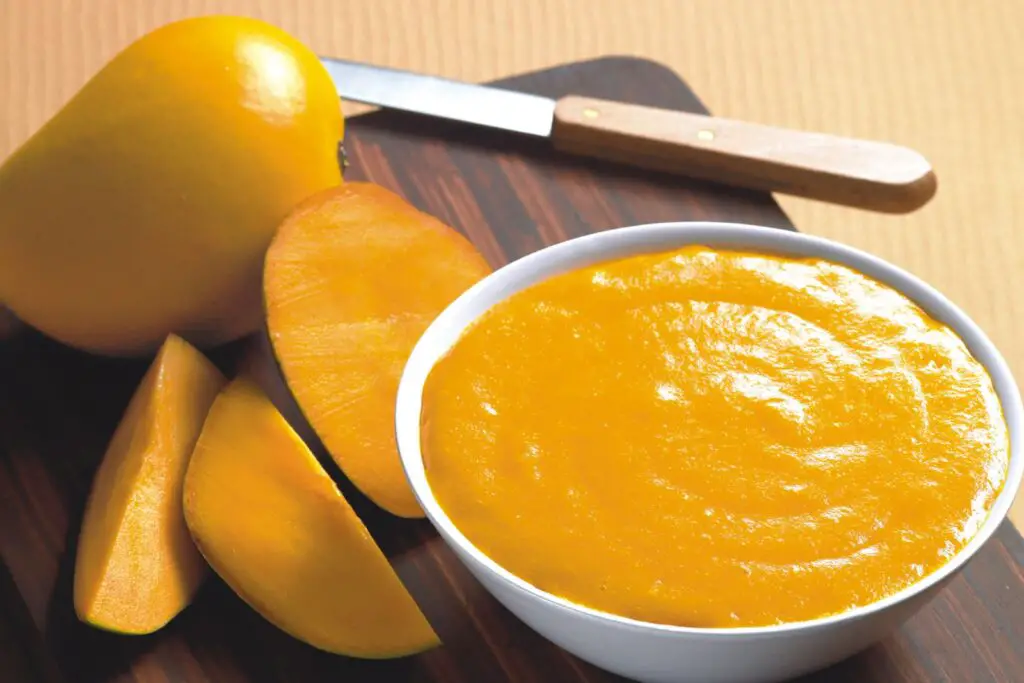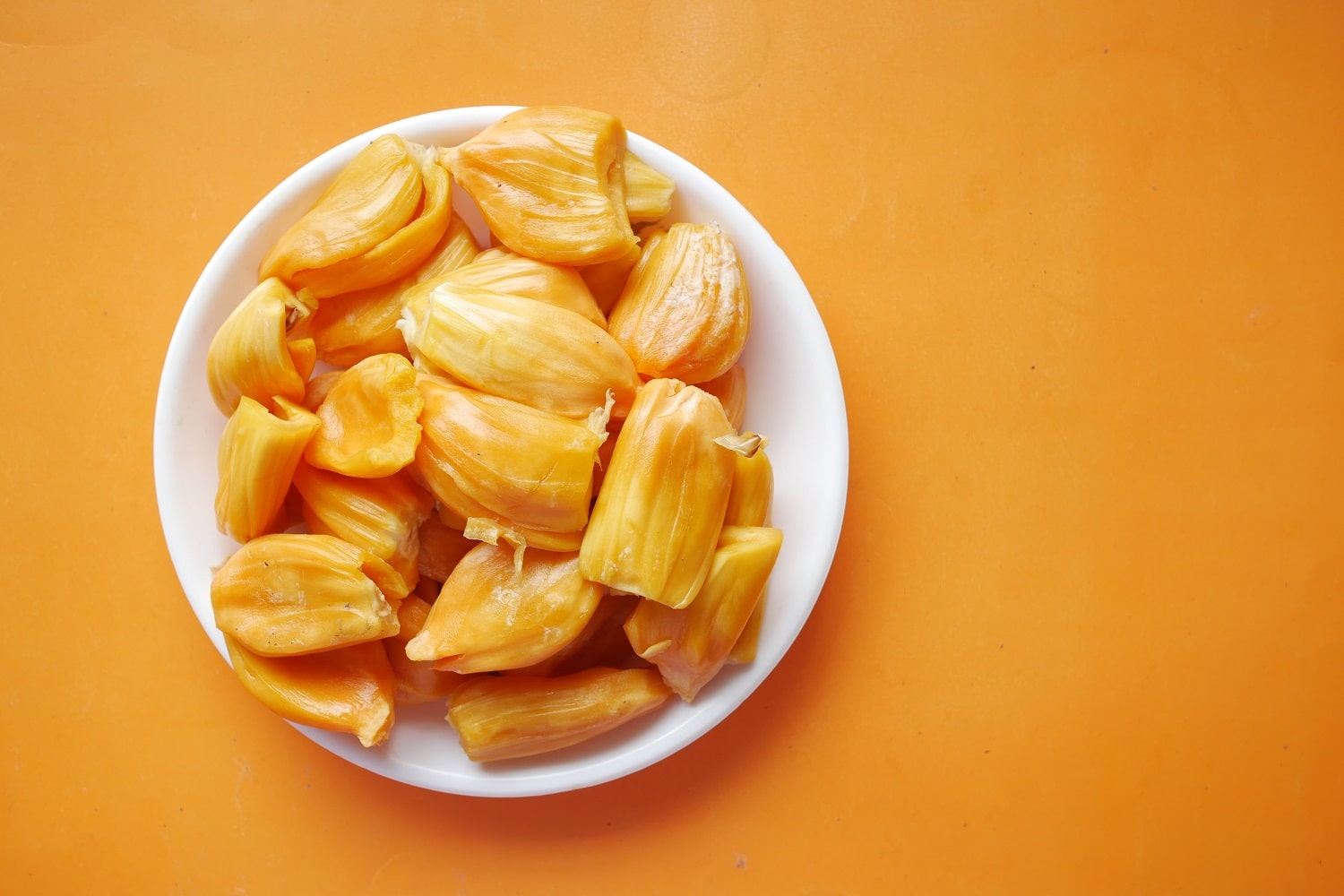
Jackfruit is a tropical fruit that is widely known for its unique taste and numerous health benefits. If you have an abundance of Jackfruit and want to preserve it for later use, freezing it is an excellent option. Freezing Jackfruit is simple and requires minimal effort. In this article, we will discuss how to freeze Jackfruit properly to ensure that it retains its flavor and texture. We will cover the steps to prepare the Jackfruit for freezing, the freezing process, and tips for storing and using the frozen fruit. So, if you want to know how to freeze Jackfruit, keep reading.
Here are the steps on how to freeze jackfruit:
Step 1: Prepare the Jackfruit
Before freezing Jackfruit, it is essential to prepare it properly. Here are the steps to prepare Jackfruit for freezing:
Choose ripe Jackfruit
It is essential to choose ripe Jackfruit before freezing. Ripe Jackfruit has a sweet aroma and is slightly soft to the touch. Unripe Jackfruit will not have a sweet flavor, and the flesh will be tough to cut.
Wash the Jackfruit
Wash the Jackfruit thoroughly in cold water. Make sure to remove any dirt, debris, or insects that may be on the fruit.
Cut the Jackfruit
Cut the Jackfruit into small pieces. You can cut it into cubes, slices, or chunks, depending on how you plan to use it later. Make sure to remove the seeds and any tough fibers from the fruit.
Blanch the Jackfruit
Blanch the Jackfruit by boiling it for 3-4 minutes. This will help to preserve the flavor and texture of the fruit. After blanching, drain the Jackfruit and rinse it in cold water to stop the cooking process.
Dry the Jackfruit
Dry the Jackfruit with a clean kitchen towel or paper towel. Make sure to remove any excess moisture from the fruit before freezing it.
How do you know when jackfruit is ripe?
Knowing when a jackfruit is ripe is crucial for enjoying at its best flavor and texture. Here are some signs to look for to determine if jackfruit is ripe:
Smell:
Ripe jackfruit has a sweet, fruity aroma that is easy to detect.
Skin color:
A ripe jackfruit will have a yellowish-green skin color with brown spots or patches. The skin may also start to crack or become soft and pliable.
Texture:
Gently press your finger on the jackfruit’s skin. If it yields slightly to the touch, it’s likely ripe. If it’s still firm, it needs more time to ripen.
Sound:
When you tap a ripe jackfruit with your knuckles, it should produce a hollow sound.
It’s essential to pick a fully ripe jackfruit for optimal taste and texture. If you’re unsure, ask a produce specialist or refer to the fruit’s origin and harvest time to determine when it’s best to consume it. Once a jackfruit is ripe, it should be eaten within a few days, or you can store it in the refrigerator or freezer for later use.
Step 2: Arrange the Jackfruit on a baking sheet
Arrange the Jackfruit on a baking sheet in a single layer. Make sure that the pieces are not touching each other. This will help to prevent the pieces from sticking together during freezing.
Step 3: Freeze the Jackfruit
Place the baking sheet with the Jackfruit in the freezer. Make sure that the baking sheet is level and does not tilt, as this can cause the pieces to shift during freezing.
Step 4: Transfer the Jackfruit to a freezer-safe container
After the Jackfruit is frozen, transfer it to a freezer-safe container. Label the container with the date and the type of fruit inside. Make sure to remove any excess air from the container before sealing it. This will help to prevent freezer burn and keep the fruit fresh.
Step 5: Store the Jackfruit in the freezer
Store the Jackfruit in the freezer for up to six months. It is essential to store the fruit at a constant temperature of 0°F (-18°C) or below to maintain its quality.
Other related questions:
How long can jackfruit last in the freezer?
Jackfruit can last for up to six months in the freezer if stored correctly. To freeze Jackfruit, it’s essential to blanch it first, cut it into small pieces, and arrange it in a single layer on a baking sheet. Once frozen, transfer the Jackfruit to a freezer-safe container and store it at a constant temperature of 0°F (-18°C) or below.
It’s important to label the container with the date of freezing, as frozen Jackfruit can lose its quality over time. While frozen Jackfruit can last up to six months, it’s best to consume it within the first three months for the best quality.
How do you thaw frozen jackfruit?
-
Remove the Jackfruit from the freezer
Remove the container with the frozen Jackfruit from the freezer. Let it sit at room temperature for 10-15 minutes.
-
Thaw the Jackfruit
Thaw the Jackfruit in the refrigerator for several hours or overnight. Alternatively, you can thaw the fruit in the microwave on a defrost setting.
-
Use the Jackfruit
Use the thawed Jackfruit in your favorite recipes. You can add it to smoothies, salads, or stir-fry dishes. You can also use it to make desserts like ice cream or sorbet.
Can you refreeze jackfruit?
It is not recommended to refreeze jackfruit once it has been thawed. When jackfruit is frozen, the moisture inside the fruit turns into ice crystals, which can damage the fruit’s texture and flavor. Once the jackfruit is thawed, the ice crystals melt and cause the fruit to release moisture. Refreezing thawed jackfruit can cause the ice crystals to reform and damage the fruit’s texture further, making it mushy and unappetizing.
Additionally, each time the jackfruit is thawed and refrozen, it increases the risk of bacterial growth, which can lead to foodborne illness. Therefore, it’s best to only thaw the amount of jackfruit you need and consume it within a few days.
To avoid the need to refreeze jackfruit, it’s recommended to freeze it in smaller portions. This way, you can thaw only what you need and prevent any waste. Properly storing jackfruit in the freezer can help preserve its quality and allow you to enjoy its unique taste and texture year-round.
How do you keep jackfruit from rotting?
Here are some tips to help keep Jackfruit from rotting:
Choose ripe Jackfruit:
Select ripe Jackfruit with a sweet aroma and slightly soft flesh. Ripe Jackfruit should have a yellowish-green skin color and be slightly fragrant.
Store in a cool, dry place:
Store uncut Jackfruit in a cool, dry place, away from direct sunlight. Avoid storing it in areas with high humidity, as this can cause the fruit to ripen quickly and rot.
Cut only what you need:
Once cut, Jackfruit will begin to deteriorate quickly. Therefore, cut only what you need and store the rest in the refrigerator or freezer immediately.
Wrap it up:
Wrap the cut Jackfruit in plastic wrap or aluminum foil before storing it in the refrigerator. This will help prevent moisture loss and keep the fruit fresh for longer.
Store in an airtight container:
If you have cut Jackfruit, store it in an airtight container in the refrigerator. This will help prevent air from getting in and causing the fruit to spoil.
Use within a few days:
Jackfruit should be consumed within a few days of being cut. If you need to store it for longer, freeze it instead of refrigerating it.
By following these tips, you can help keep Jackfruit from rotting and enjoy its delicious taste and numerous health benefits.
How long does uncut jackfruit last?
The shelf life of uncut Jackfruit depends on various factors such as the ripeness of the fruit and the storage conditions. Here is an estimate of how long uncut Jackfruit can last:
Ripe Jackfruit:
If the Jackfruit is fully ripe, it can last for about 1-3 days at room temperature, depending on the temperature and humidity. You can also store ripe Jackfruit in the refrigerator for up to five days.
Unripe Jackfruit:
If the Jackfruit is unripe, it can last for up to two weeks at room temperature. However, unripe Jackfruit is often stored in a cool, dry place until it ripens.
Cut Jackfruit:
Once the Jackfruit is cut, it can last for up to 2-3 days in the refrigerator if stored correctly. It’s essential to wrap the cut Jackfruit in plastic wrap or aluminum foil and store it in an airtight container to prevent air and moisture from getting in and causing it to spoil.
If you want to keep Jackfruit for longer, freezing it is the best option. Frozen Jackfruit can last for up to six months in the freezer, but it’s essential to store it properly to maintain its quality.
Overall, it’s important to use your senses and judgment when determining if Jackfruit is still good to eat. If the fruit looks, smells, or tastes off, it’s best to discard it.
How do you store a whole jackfruit?
Storing a whole jackfruit can be challenging, as it’s a large and heavy fruit that requires proper handling to prevent spoilage. Here are some tips on how to store a whole jackfruit:
Choose a ripe jackfruit:
Select a fully ripe jackfruit with a sweet aroma and slightly soft flesh. Ripe jackfruit should have a yellowish-green skin color and be slightly fragrant.
Store in a cool, dry place:
Keep the jackfruit in a cool, dry place, away from direct sunlight. Avoid storing it in areas with high humidity, as this can cause the fruit to ripen quickly and spoil.
Check regularly for ripeness:
Check the jackfruit regularly for ripeness by pressing the fruit’s skin gently. If it yields slightly to the touch, it’s ready to eat. If it’s still firm, it needs more time to ripen.
Handle with care:
Jackfruit is a delicate fruit and can easily bruise or become damaged during handling. Therefore, it’s essential to handle it with care when moving or storing it.
Use within a few days:
Once the jackfruit is ripe, it should be consumed within a few days to prevent spoilage. If you can’t eat it all, you can cut it into smaller pieces and store it in the refrigerator or freezer.
Wrap it up:
If you need to store the whole jackfruit for a longer time, wrap it in several layers of newspaper or brown paper to absorb any moisture and prevent it from drying out.
Do you need to wash jackfruit before eating?
Yes, it’s important to wash jackfruit thoroughly before eating, as it can be covered in a sticky sap that can be difficult to remove. The sap, also known as latex, is a natural defense mechanism produced by the jackfruit tree to protect the fruit from predators.
To wash jackfruit, fill a large bowl with cold water and add a few drops of dish soap. Soak the jackfruit in soapy water for a few minutes, then use a brush or a clean cloth to scrub the fruit gently. Rinse the fruit under running water to remove any soap residue and pat dry with a clean towel.
It’s essential to remove all traces of sap before cutting into the fruit, as it can be challenging to remove once it dries. Additionally, the sap can cause skin irritation or allergic reactions in some people, so it’s best to handle jackfruit with gloves if you have sensitive skin.
Should jackfruit be hard or soft?
The texture of jackfruit can vary depending on its ripeness. A young or unripe jackfruit will have a firm, starchy texture and a greenish-yellow color. This type of jackfruit is commonly used as a meat substitute in vegetarian or vegan dishes.
On the other hand, a ripe jackfruit will have a soft and juicy texture, with a sweet, tropical flavor. When fully ripe, the fruit’s flesh will have a yellowish color, and the skin will be soft to the touch.
It’s important to choose the right type of jackfruit for the recipe you’re making. For savory dishes, young or unripe jackfruit works best, while fully ripe jackfruit is ideal for desserts or sweet dishes.

